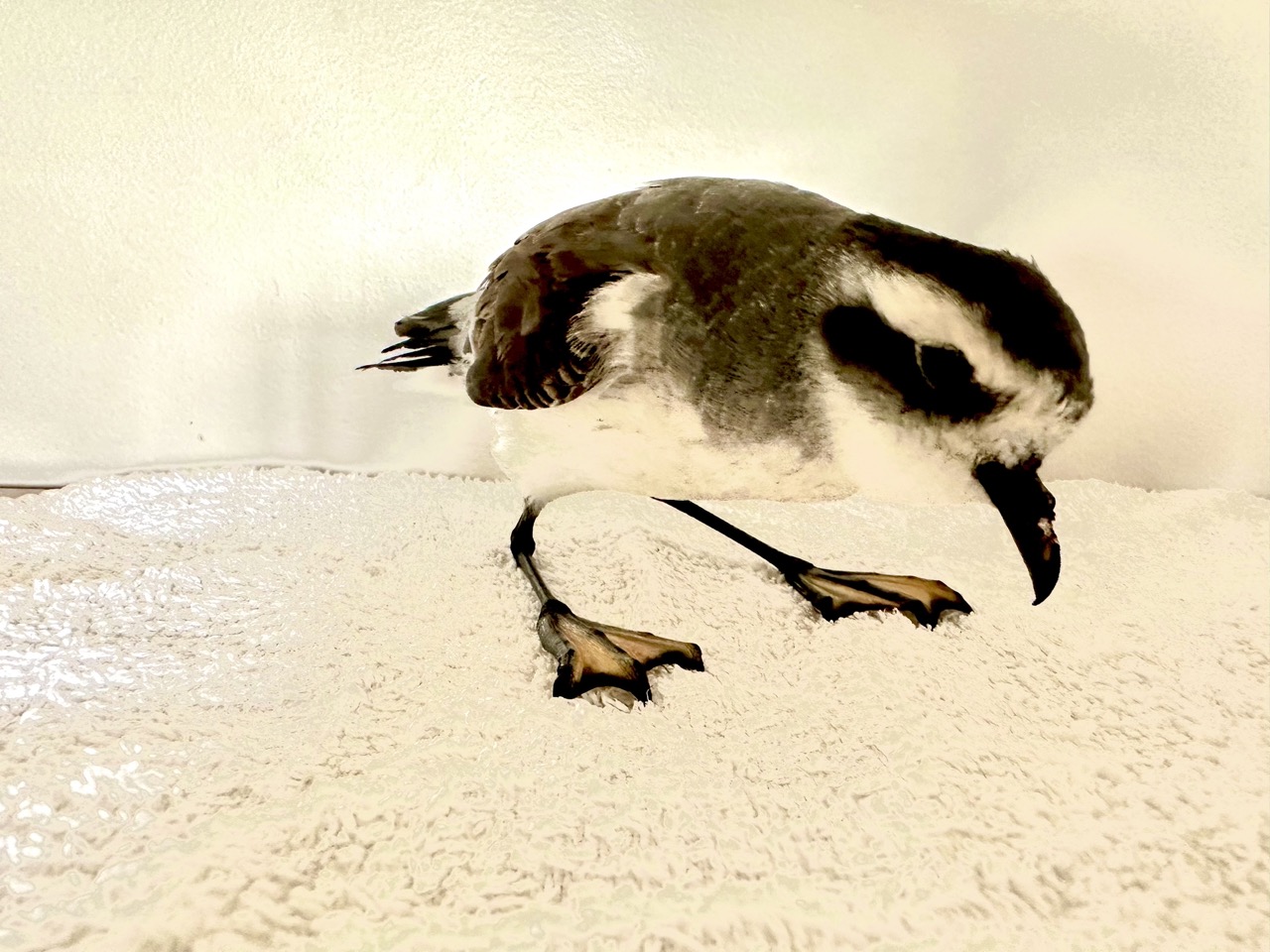Readers who find a seabird on the beach that does not immediately move away are asked to contact a rescue service. They are in danger and need urgent help.
— Ed.
JEN LAVERS AND L-A SHIBISH
Seabirds, including shearwaters (muttonbirds) and petrels, spend their adult life on the wing, cruising the sea breeze above the oceans in search of food. Some travel long distances as they migrate around the globe. Even the tiny (~50 g) storm-petrel will cover 10,000 km in a matter of weeks.
These ocean-going birds only come to land to breed and nest. They lay their eggs in burrows 1-2 m long, so the sand needs to be deep. Around our south coast, they seek the safety of island nesting sites, which are free from threats such as foxes, cats, dogs and the crushing weight of four-wheel drive vehicles.
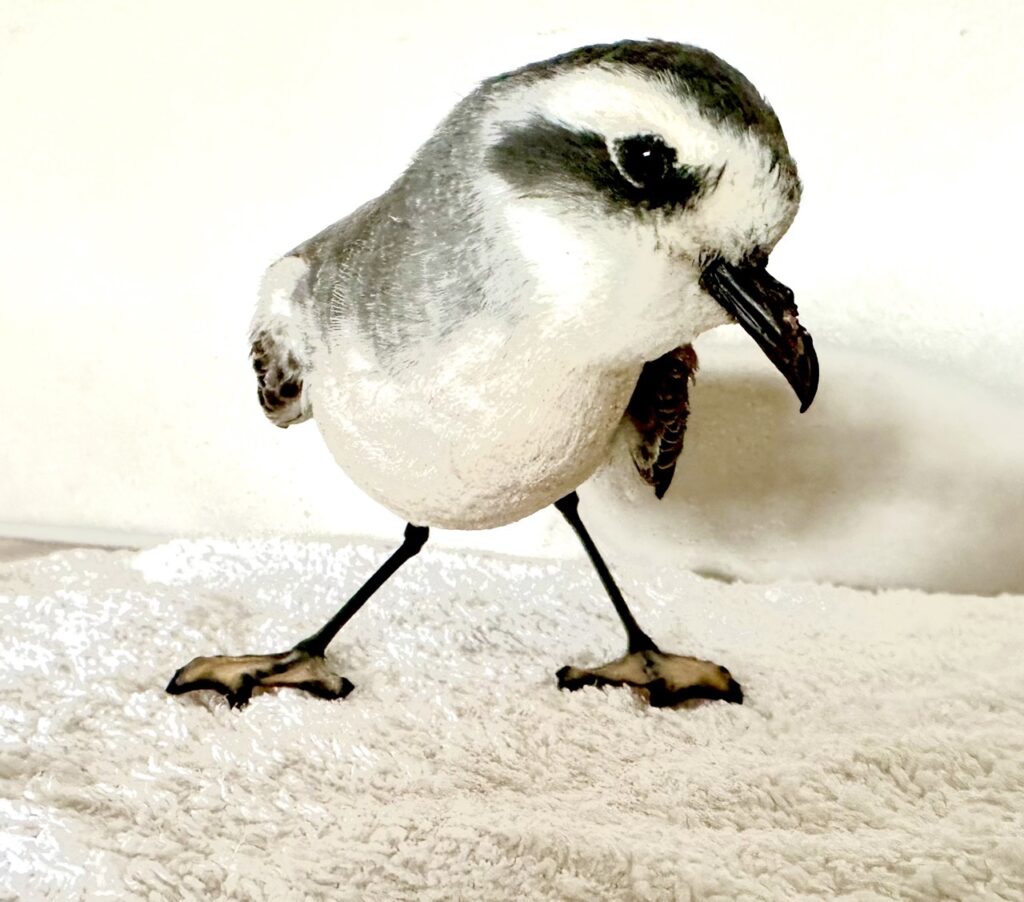
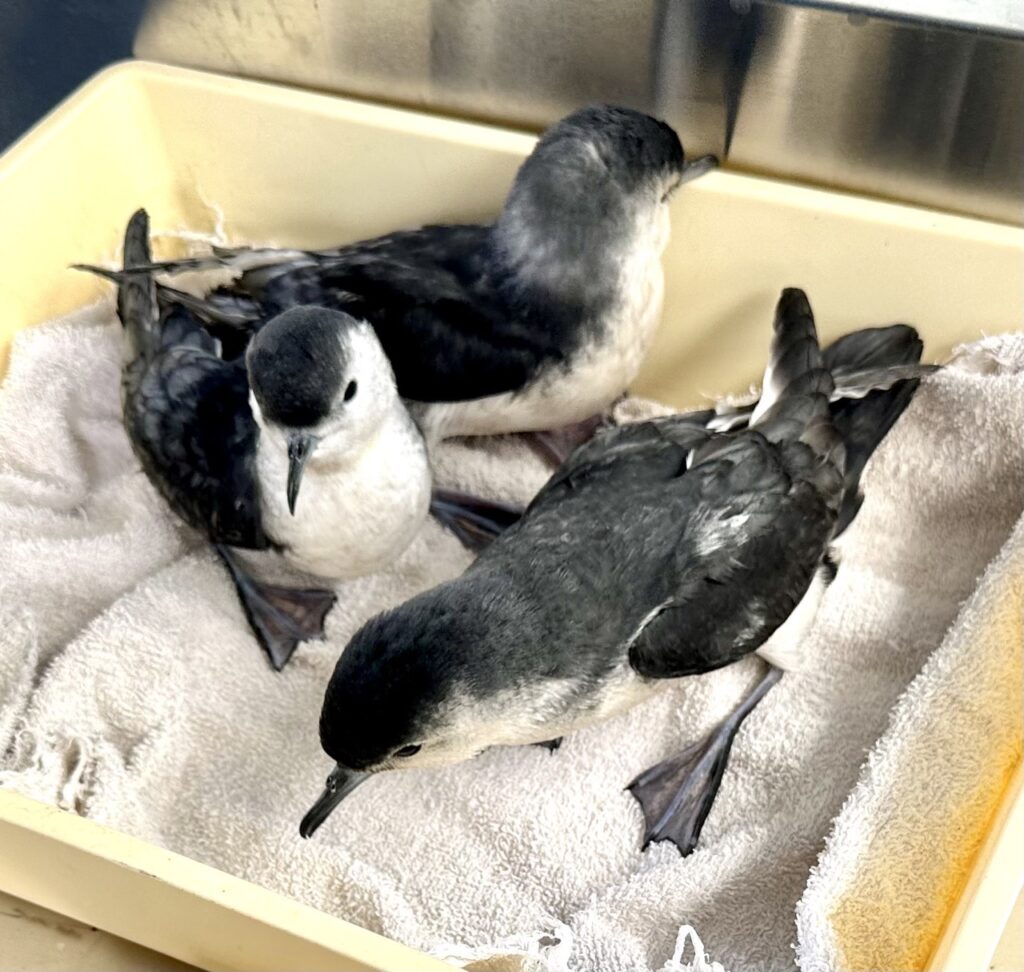
When the chicks leave the nest (fledge) to begin their adult life, they navigate by the stars and moon with a magnetic “compass” hard-wired in their brains. Sometimes the bright night lights from ships, industry and buildings on the mainland confuse the birds and they are drawn to shore. Fledglings tend to be more easily confused by lights, likely because they’re still learning to fly and navigate and they have less experience. Whether from accidental collision with objects, or fatigue from being disorientated, once a fledging lands on the ground, they struggle to get airborne again. Once “grounded” they are vulnerable to being run over by vehicles or attacked by other birds, dogs, and feral animals. This is why it is important for the members of the public to report any seabirds observed on land, which do not fly away immediately when approached.
Anyone can help
This past week, five Little Shearwaters have been rescued by compassionate Esperance community members. Shane Liddlelow found one sitting in the middle of Harbour Road; Jane Fewings found one on the end of the Tanker Jetty; and three students from the Esperance Residential College – Molly Clark, Kya Green and Savannah Koushappis – rescued one from the road at Taylor Street. There were two more found on the ground at the Port.
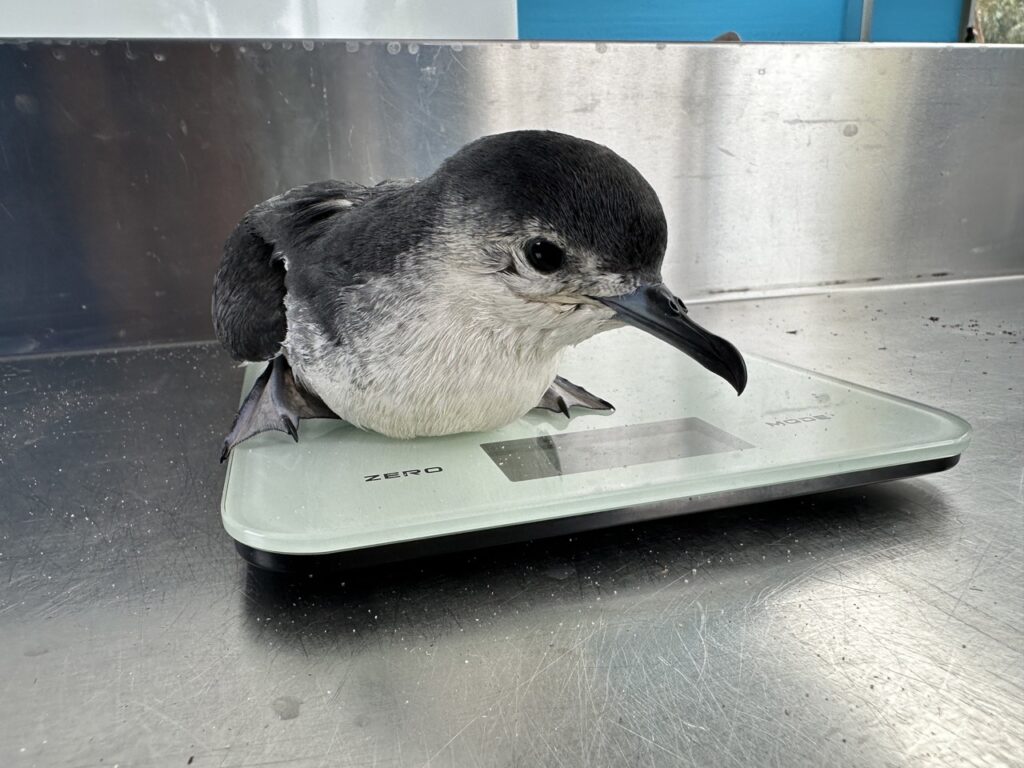
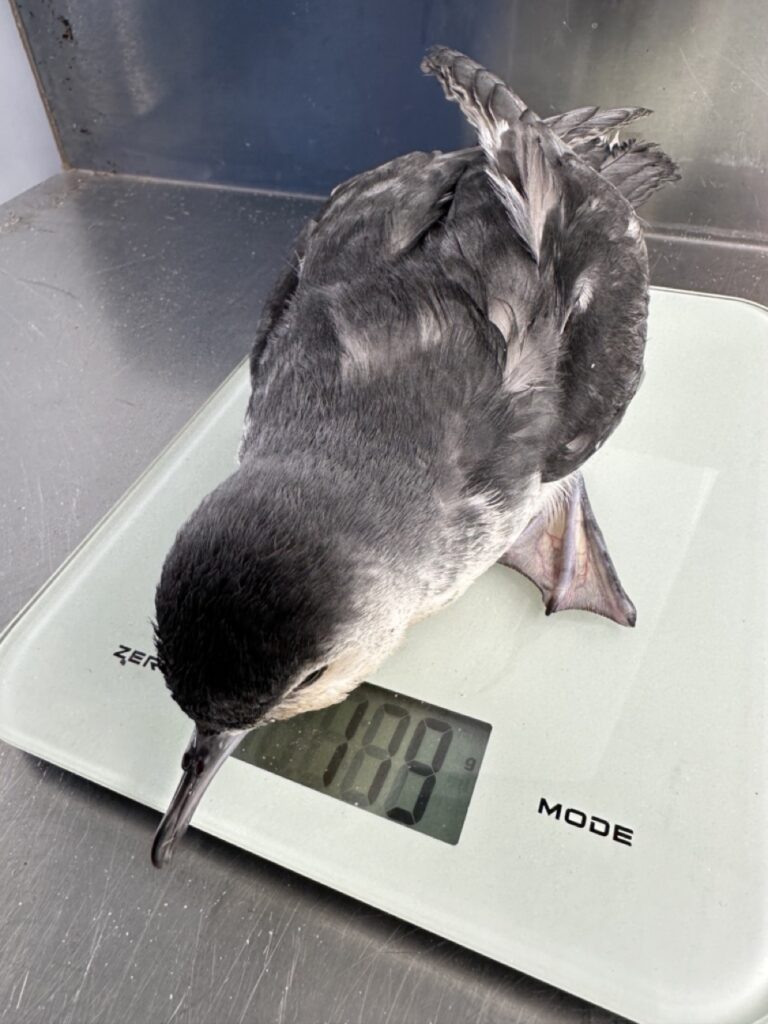
Additionally, a White-Face Storm Petrel was rescued from the port area by CBH employee Jackson.
All seabirds were taken in for care by the Esperance Seabird and Waterbird Injury, Rehabilitation and Learning (SWIRL) Centre, a member of Western Australian Seabird Rescue Inc, a state-wide not-for-profit organisation dedicated to seabird and waterbird welfare. The Little Shearwaters were examined by Dr Alex Hockton at Swans Veterinary Services and deemed healthy, but exhausted. One had an eye injury, which is also being treated.
The Esperance SWIRL Centre will rehabilitate the birds back to full health and then release them back to the wild as soon as possible.
It is not normal for birds with webbed feet to be on the ground in town, so the rule of thumb is that if a webbed-footed bird on land does not immediately fly away from the approach of a human, it is in strife and needs assistance. Members of the community are asked to keep an eye out for any grounded seabirds and call WA Seabird Rescue on 6102 8464, or after hours call 0452 561 313 if they find one. Birds can also be dropped off at Swans Veterinary Services, who will pass them to the Esperance SWIRL Centre.
Dr Jenn Lavers is a seabird ecologist with Adrift Lab and L-A Shibish is wildlife rescue coordinator at Esperance SWIRL Centre.


